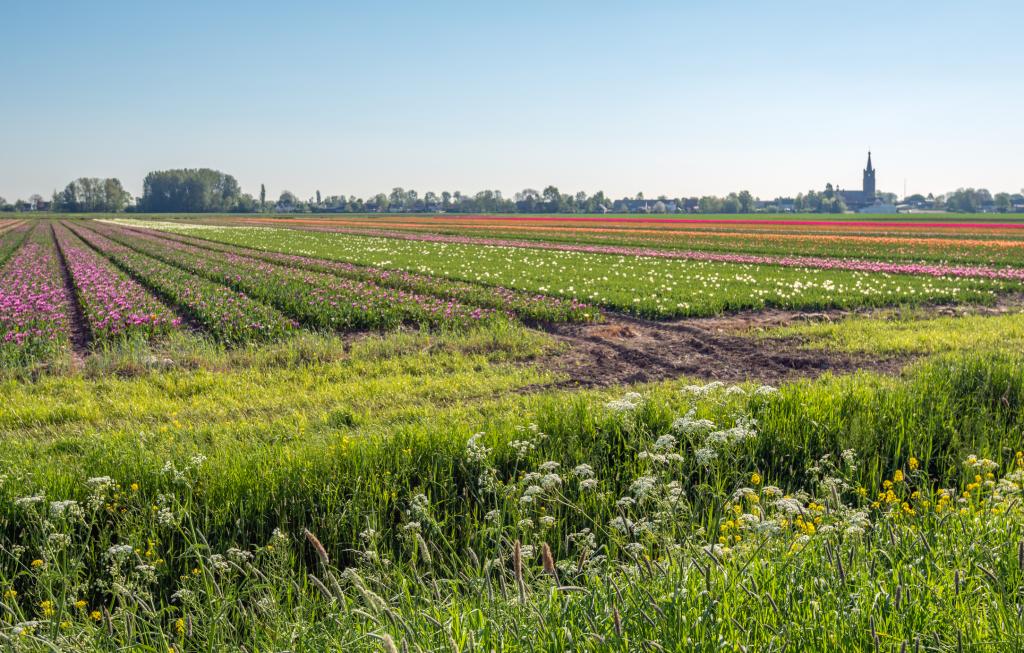



Article by: Hari Yellina (Orchard Tech)
Agriculture is completely dependent and based on biodiversity. It has facilitated the development of farming systems since the first development of agriculture some 10,000 years ago. This concept is the root and variation within all plant and domesticated animal species. Moreover, it is also the base of important ecosystem services for maintaining agriculture and the well-being of people. the biodiversity of today’s crops and livestock is the result of thousands of years of human intervention.
Agriculture is strongly interrelated, as while biodiversity is essential to agriculture, agriculture can also contribute to biodiversity conservation and sustainable use. Yes, both encouraging and improving sustainable agriculture through this medium. Maintaining this is essential for the sustainable production of food and other agricultural products and their benefits to humanity, including food security, nutrition, and livelihoods.
Agricultural biodiversity provides people with food and raw materials for products, such as clothing cotton, shelter, and fuelwood, medicinal plants and roots, and biofuel resources, as well as employment and livelihoods, including those derived from subsistence agriculture. Therefore, this performs ecosystem services such as soil and water preservation, soil fertility and biota protection, and pollination, all of which are necessary for human survival.
Additionally, agricultural biodiversity genetic diversity provides organisms with the ability to adapt and evolve to changing environments by increasing their tolerance to frost, high temperature, drought, and water-logging, as well as their sensitivity to specific diseases, insects, and parasites, for instance. This is particularly important when it comes to climate change. Its evolution, and hence both existences, depends primarily on this genetic diversity.
Agricultural biodiversity’s significance includes socio-cultural, economic, and environmental components. All domesticated plants and animals are the result of human biodiversity management, which is continuously adapting to new and current challenges under constantly varying conditions to sustain and increase productivity.